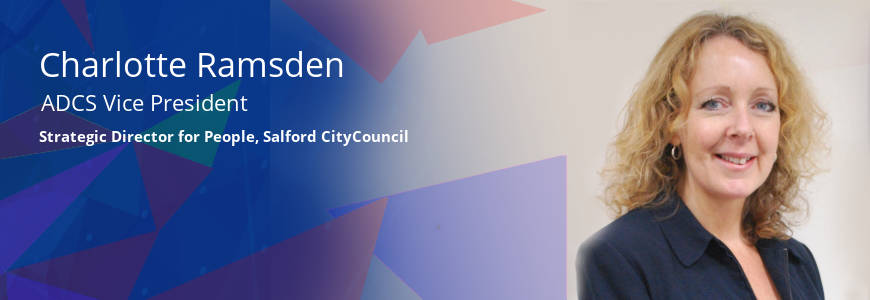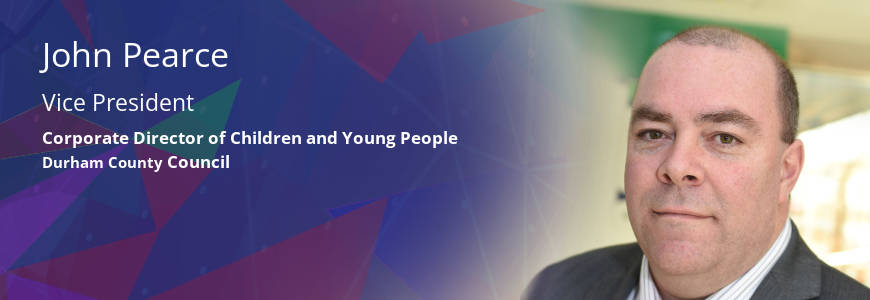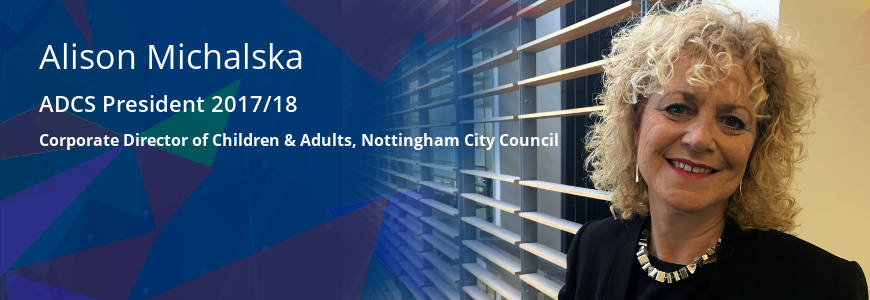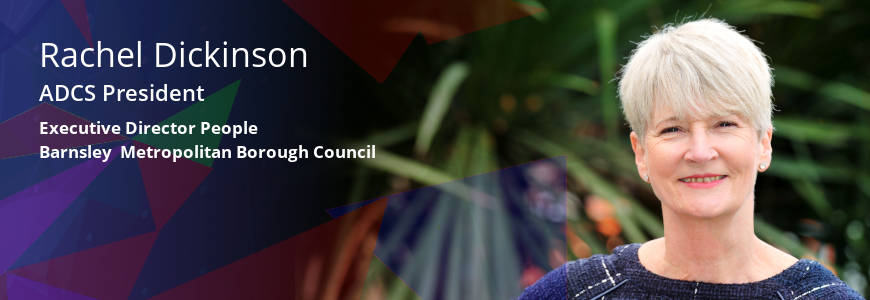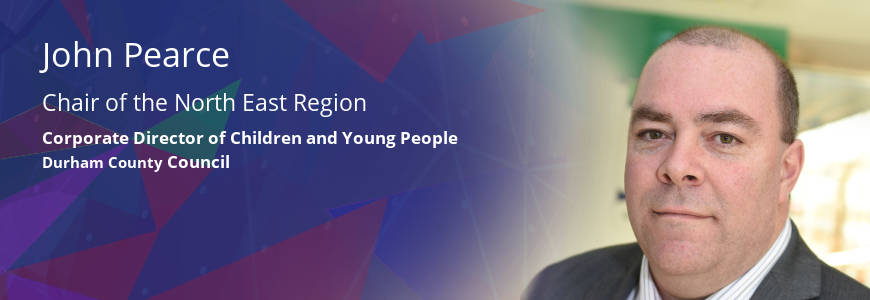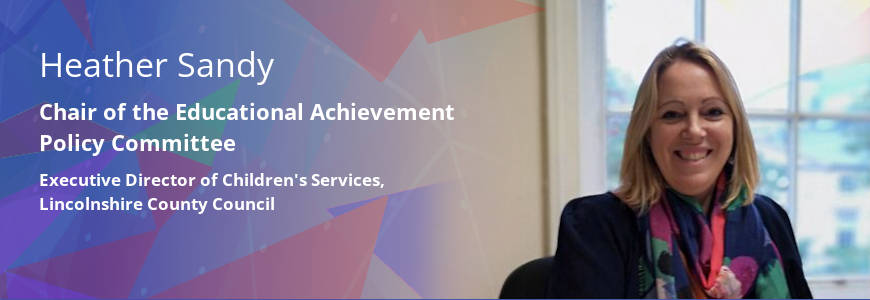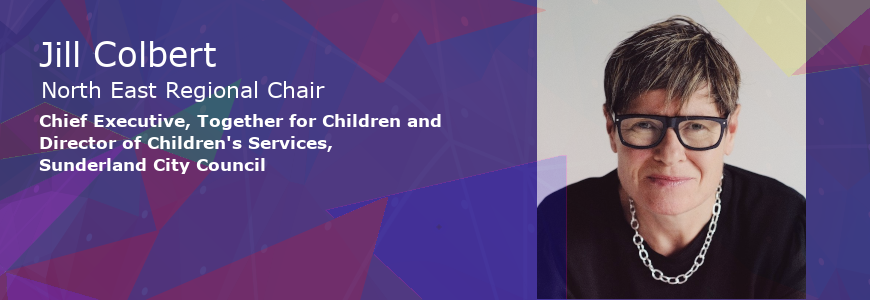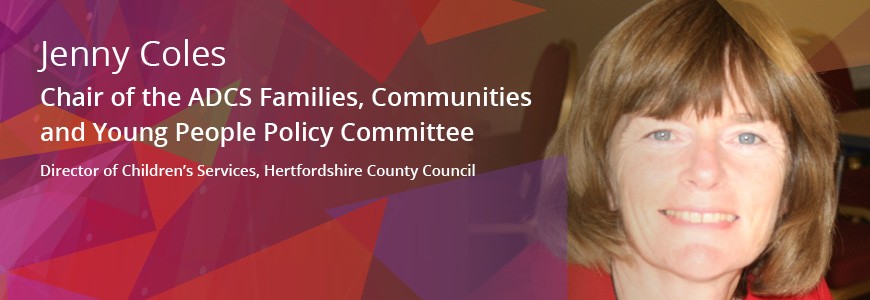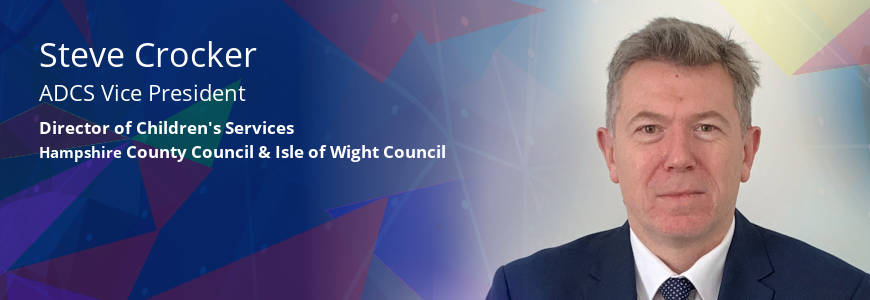An opportunity for meaningful change

All schools and colleges across the country are now allowed to open more widely to children if they feel able to as lockdown measures are being slowly eased. Throughout lockdown many schools have remained open for vulnerable children and children of key workers, a significant achievement for schools and not always given the national recognition they deserve. Local authorities, schools and teaching staff have worked incredibly hard to risk assess and put measures in place so that more children can have the opportunity for face to face learning and interaction before the end of term.
For most children though, they have had to adapt to the home learning environment, and their experiences of this will be different because each will have unique circumstances. To supplement learning at home, schools have swiftly embraced new ways of teaching by delivering lessons online for example, and countless learning resources have been made available by a range of organisations, yet legitimate fears remain about the widening attainment gap. Recent research has shown pupil engagement in schools is lower in areas of higher deprivation as children without access to IT equipment, sufficient internet access or a quiet space to study at home are impacted the worst. It is clear that the current crisis is exacerbating the challenges that many children and families faced long-before the pandemic began.
As we approach the end of this academic year and head into the summer holidays, the debate around free school meals has highlighted stark inequalities in our society. No child should be going hungry and we know the school holidays are a particular pressure point for many families so it is even more imperative that we do all we can to support them. The government has made the right decision to provide food vouchers for those children eligible over the summer period, but this is not job done. Clearly the government needs to act quickly to implement a clear child poverty reduction strategy, recognising the lived experience of children and that once and for all addresses the root causes of poverty.
There are clear links between poverty, disadvantage and children’s educational attainment. Research tells us that some pupils, such as those receiving support from social care, eligible for free school meals or from certain ethnic backgrounds are more likely to be excluded than their peers. This cannot be right, particularly when considering being out of school places children and young people at greater risk of exploitation and being unemployed in later life. School is a safety net for many pupils and the government has rightly been concerned about the impact of children missing school over the past few months, but what of the rising number of vulnerable children who receive permanent or fixed-term exclusions each year? If the government is serious about its ‘levelling up’ agenda then it needs to progress the asks of the Timpson review because creating an inclusive school system is the perfect place to start.
Anti-racist demonstrators over the past couple of weeks have further highlighted inequalities that exist in our society, and I encourage you to read last week’s ADCS blog on the subject by Mac Heath, Director of Children’s Services in Milton Keynes. As leaders of children’s services, we have a responsibility to recognise and shine a light on social injustices and the barriers faced by children, including particular challenges facing children and young people from black and minority ethnic groups. In addition to being overrepresented in school exclusion statistics BAME children and young people are overrepresented in the youth justice system too – this is and has been unacceptable for far too long. Only by addressing the underlying reasons for these disparities can we challenge systemic inequalities.
The pandemic has highlighted many of the challenges children and families already face and this moment represents an opportunity for meaningful and lasting change, to be ambitious and take action on child poverty, inequality and the structural barriers children and families face, particularly those from the most deprived areas and from black and ethnic minority groups – lives and indeed life chances quite literally depend on it.
Related Blog Articles
So, writing this in the middle of August makes me think that in many ways this...
In General
In these emotional roller coaster times there is a lot to make sense of but it...
In General
Today is Black Friday! It may feel as though it is so called because “it...
In General
Happy New Year to all and hope you had a good holiday period. Let’s hope this...
In General
Looking outside at the spring sunshine it feels like change is in the air,...
In Workforce
I recently chaired a workshop on suicide prevention at the ADCS annual...
In General
Whilst thinking about a theme to focus on for this blog I started to reflect on...
In Funding
In the last week, I had a really interesting series of meetings with Dave Hill,...
In Education
Highs and lows are part of our professional reality and this week has been no...
In General
As Lincolnshire has been selected as one of the authorities to receive a joint...
In Education
As Spring elections approach, in the North East region we prepare for the birth...
In General
It’s been a challenging couple of weeks for me with the publication of a...
In Youth Justice & Secure Estate
I have been a Social Worker for 35 years and it is in our nature to be...
In General
There’s a lot going on at the moment, what with our new President, the care...


